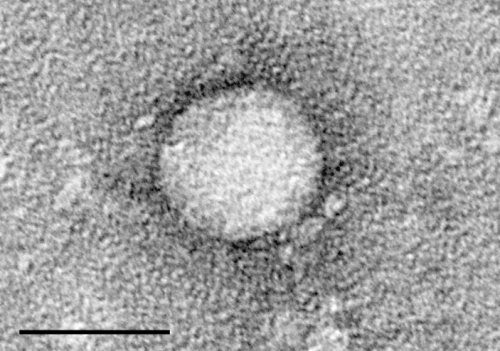AASLD updates guidance for use of hepatitis C drugs

The American Association for the Study of Liver Diseases (AASLD), in partnership with the Infectious Diseases Society of America (IDSA) and in collaboration with the International Antiviral Society-USA (IAS-USA), created online Recommendations for Testing, Managing, and Treating Hepatitis C in 2014 to aid practitioners treating patients infected with hepatitis C virus (HCV). Now an update to the Guidance, with a summary of recommendations regarding treatment with direct-acting antiviral drugs, is published in the AASLD journal, Hepatology.
HCV is a blood-borne virus that infects the liver and may lead to cirrhosis or liver cancer (hepatocellular carcinoma). In the past 25 years HCV has gone from an undiagnosed disease to an epidemic level, with the World Health Organization (WHO) estimating that up to 150 million people worldwide live with chronic disease.
In the U.S., close to 30,000 new acute cases were reported in 2013 and 2.7 million Americans have chronic HCV according to the Centers for Disease Control and Prevention (CDC). "The good news is that HCV is now on the cusp of being a curable disease for the millions of Americans, many of whom are undiagnosed," says Dr. Gary Davis, President of MedLogician Consulting and co-chair of the AASLD/IDSA HCV Guidance writing panel. "The web-based Guidance document is an easy-to-use resource for practitioners treating HCV patients with novel antivirals."
A panel of 26 hepatologists and infectious diseases specialists and a patient advocate developed the original consensus recommendations that include:
- HCV testing details and linkage to care
- Recommendations for initial treatment of HCV infection in patients starting treatment
- Retreatment information in persons in whom prior therapy has failed
- Unique patient populations data
"The Guidance is a living document that will continually be updated with evidence-based advice about how to best use the next generation of direct-acting antivirals and other treatment options," comments Dr. Keith Lindor from the Arizona State University and President-elect of AASLD. "Our role as associations of researchers and clinicians is to provide key information in the appropriate format to patients and those who care for them."
More information: "Hepatitis C Guidance: AASLD-IDSA Recommendations for Testing, Managing, and Treating Adults Infected with Hepatitis C Virus." Authors on behalf of the Hepatitis C Guidance Panel (see AASLD/IDSA HCV Guidance panel members and authors). Hepatology; Published Online: June 25, 2015, DOI: 10.1002/hep.27950















